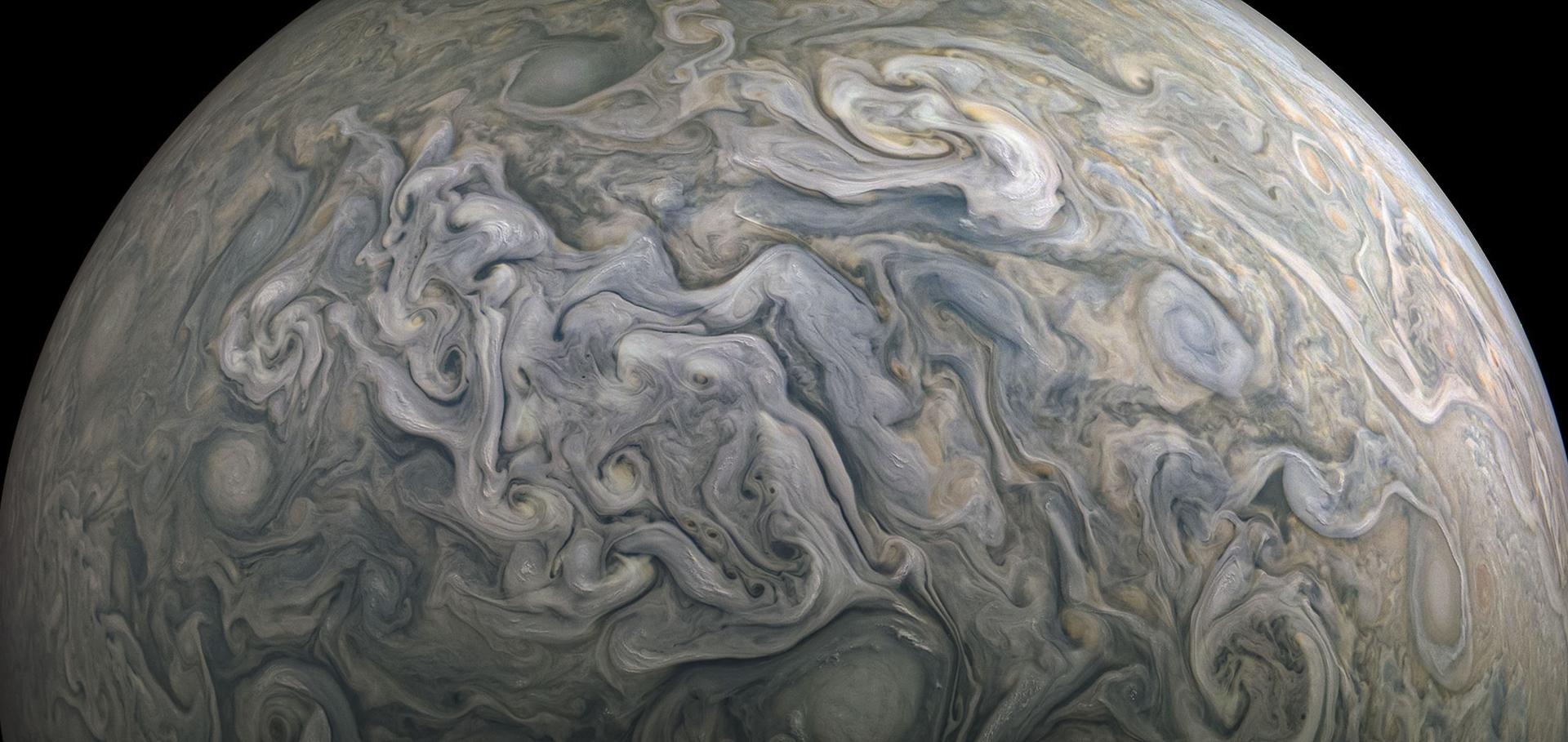The weather@home regional climate modelling project for Australia and New Zealand
Authors:
Mitchell T Black, David J Karoly, Suzanne M Rosier, Sam M Dean, Andrew D King, Neil R Massey, Sarah N Sparrow, Andy Bowery, David Wallom, Richard G Jones, Friederike EL Otto, Myles R Allen
Abstract:
<jats:p>Abstract. A new climate modelling project has been developed for regional climate simulation and the attribution of weather and climate extremes over Australia and New Zealand. The project, known as weather@home Australia-New Zealand, uses public volunteers' home computers to run a moderate-resolution global atmospheric model with a nested regional model over the Australasian region. By harnessing the aggregated computing power of home computers, weather@home is able to generate an unprecedented number of simulations of possible weather under various climate scenarios. This combination of large ensemble sizes with high spatial resolution allows extreme events to be examined with more robust estimates of uncertainty. This paper provides an overview of the weather@home Australia-New Zealand project, including initial evaluation of the regional model performance. The model is seen to be capable of resolving many climate features that are important for the Australian and New Zealand regions, including the influence of El Niño-Southern Oscillation on driving natural climate variability. To date, 75 model simulations of the observed climate have been successfully integrated over the period 1985–2014 in a time-slice manner. In addition, multi-thousand member ensembles have also been generated for the years 2013, 2014 and 2015 under climate scenarios with and without the effect of human influences. All data generated by the project is freely available to the broader research community.
</jats:p>

